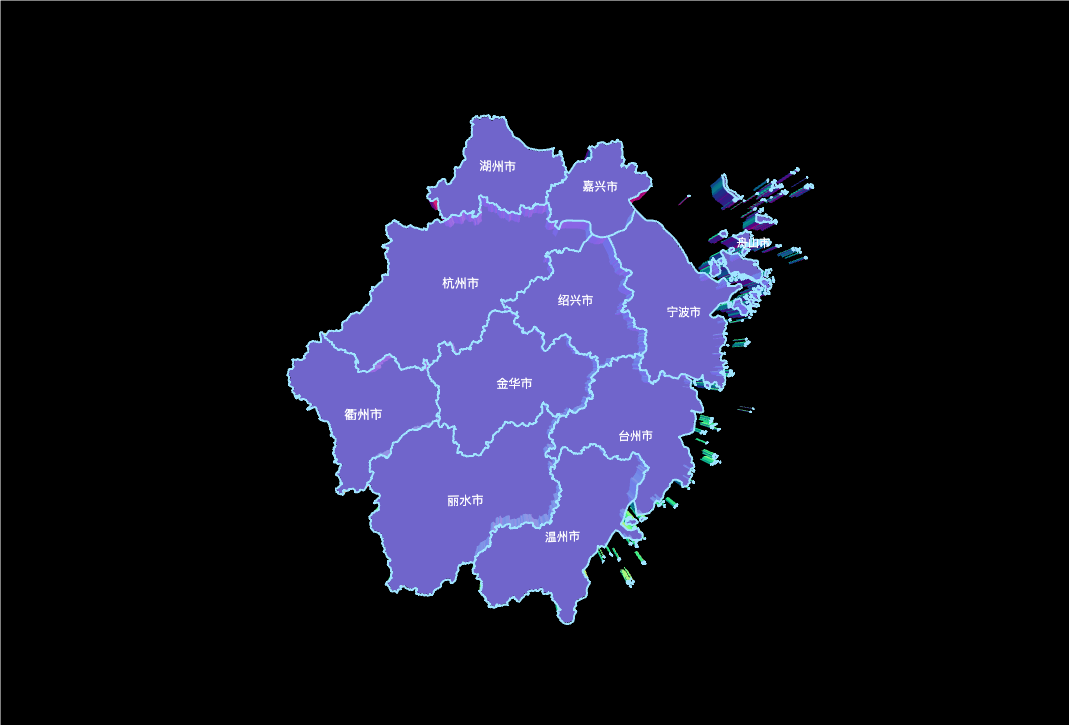Getting Started
Installation
Prerequisites
- Node.js version 18 or higher.。
three-auto you can install it with:
$ npm add -D three-auto$ pnpm add -D three-auto$ yarn add -D three-autoTIP
three-auto is an ESM-only package. Don't use require() to import it, and make sure your nearest package.json contains "type": "module", 。
three.js as peer dependency
If you intend to perform customization that uses Three.js components or APIs,you should also explicitly install three as a dependency.If your project is using typescript, you should also install @types/three.
Into the project
When you want to create an auto-three instance, you first need a canvas DOM root node or a virtual DOM node (supported by frameworks like Vue and React) to render a Three.js scene.
index.html
<canvas class="webgl" id="_scene"></canvas>
<script type="module" src="./main.ts"></script>TIP
Please give the canvas or its parent container a width and height so that the scene can be displayed.
main.ts
import * as AUTO from "three-auto";
import * as THREE from "three";
const instance = new AUTO.ThreeAuto();
const geometry = new THREE.BoxGeometry(1, 1, 1);
const material = new THREE.MeshBasicMaterial({
color: "#E89ABE",
transparent: true,
});
const box = new THREE.Mesh(geometry, material);
instance.scene.add(box);
instance.time.on("tick", () => {
box.rotation.y = instance.time.elapsedTime;
});TIP
By default, if the container id of the canvas is _scene, we don't need to manually get the DOM element.
You should see a pink cube spinning in the center of the screen!
Chart Mode
The above introduces how to introduce three-auto into the project, but obviously this is not enough. Let me see how to render a 3D map!
main.ts
import * as AUTO from "three-auto";
import ZheJiangCity from '../public/ZheJiangCity.json'
// Specify the chart's configuration items and data
const instance = new AUTO.ThreeAuto(undefined, {
id: "_scene",
name: "Hello three auto",
camera: {
type: 'PerspectiveCamera',
fov: 75,
near: 0.1,
far: 1000,
position: {
x: 0,
y: 0,
z: 20,
},
lookAt: true,
controls: {
enable: true,
enableDamping: true,
enablePan: true,
},
},
size: {
type: "window",
id: "",
},
renderer: {
antialias: true,
alpha: true,
clearAlpha: 1,
clearColor: '#000000',
},
series: [
{
name: "Contour map",
id: 0,
type: "map",
json: ZheJiangCity,
itemStyle: {
depth: 1,
bevelEnabled: false,
bevelSegments: 1,
bevelSize: 0,
bevelThickness: 0,
extrudeFaces: {
material: 'MeshNormalMaterial',
color: "#ccc",
opacity: 1,
metalness: 1,
roughness: 1,
},
crossSection: {
material: 'MeshNormalMaterial',
opacity: 0.8,
color: "#000",
},
lineStyle: {
show: true,
color: "#A0E5FF",
width: 2,
},
label: {
show: true,
distance: 1.3,
rotation: {
x: 0,
y: 0,
z: 0,
},
textStyle: {
padding: '8px',
'font-size': '20px',
color: "#fff",
bold: true,
'font-weight': 400,
'font-style': 'normal',
},
},
},
},
});
// log three-auto instance
console.log(instance)TIP
And that’s it! Your first chart is created!
